The creator of the first gaming console, Ralph Baer, famously said he knew he had something that would make history but didn’t know that it would kickstart the whole industry that would redefine the world of entertainment. And he was right. Thanks to him and the Magnavox Odyssey console, the arcades moved right into our rooms. We could almost argue his invention was on par with the Lumiere brothers’ first motion picture, at least in terms of what it meant for the entertainment industry.
First Generation of Consoles

The Magnavox Odyssey was known as the “brown box.” Not the most flattering nickname. But if we look at the functionality, it was somewhat fitting. Odyssey was rather basic in how it worked, being only capable of producing black and white, requiring users to place plastic sheets on their TVs for colour. Games were programmed right into the console rather than on cartridges. Regardless of these limitations, the Odyssey was the first device to present the idea of transforming the ordinary TV into a real “home arcade.” Three years later, another commercial success followed – the Atari Pong. As the name suggests, it was the console that ran the game of pong, which became one of the best-known games in the history of gaming.
Second Generation of Consoles

If we were truly honest, the second generation of consoles is what really started the revolution. Both gaming technology and culture saw a significant change with the second generation of video game consoles. This second generation is best represented by three major platforms: Atari 2600, Intellivision and ColecoVision.
The Atari 2600 was among the first consoles designed to load games from cartridges. The Intellivision, released by Mattel in 1980, offered superior graphics and sound. ColecoVision, on the other hand, was best known for its great game selection and also for bringing some of the less-known arcade machine titles, like Lady Bug and Cosmic Avenger, to home consoles. If you’re waiting to hear about Space Invaders, Pac-Man and Asteroids – yes, these iconic titles were all introduced with the second generation of consoles.
Third Generation of Consoles
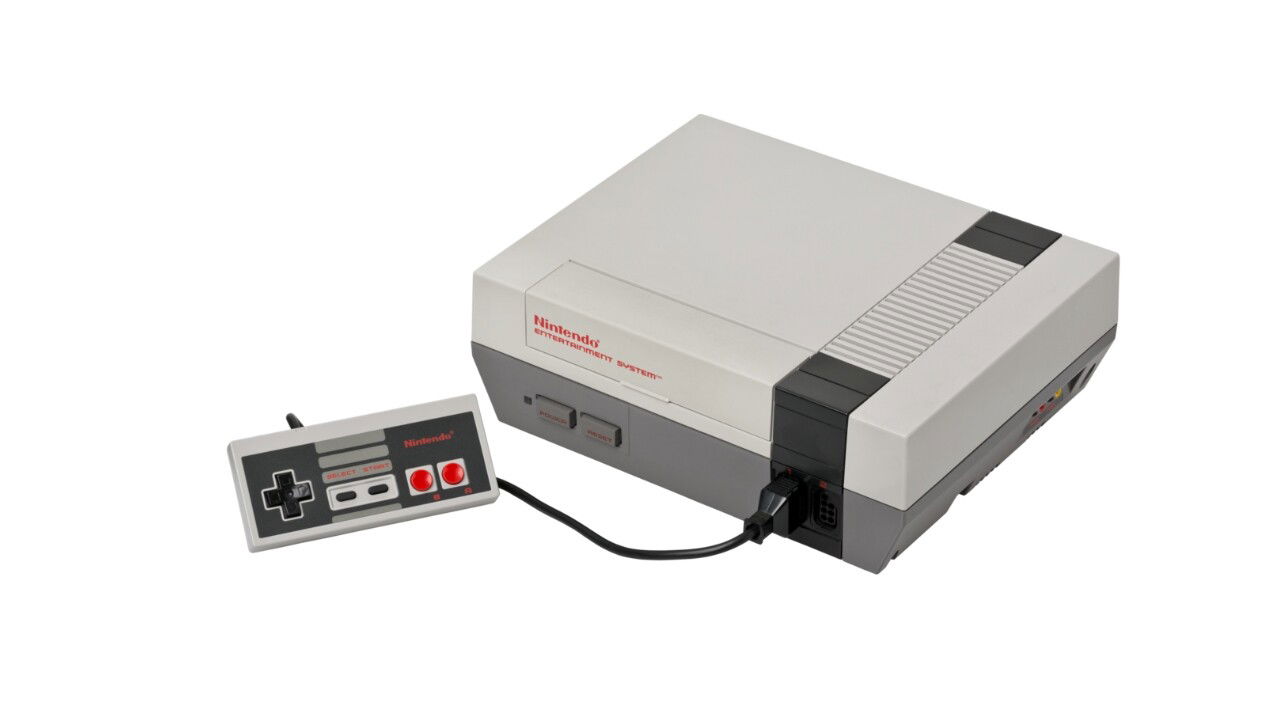
The core of this generation was the NES, launched in Japan by Nintendo in 1983 and in North America in 1985. The NES was groundbreaking in many aspects, but we love it for bringing us Super Mario Bros, The Legend of Zelda and Metroid, among so many other legendary titles. Ninendo’s design was also successful due to the hardware, which was more advanced compared to past units, enabling better graphics and sound.
The Sega Master System also launched in 1985, and it was its primary competitor. Most importantly, the third generation finally popularized gaming consoles to the point where they moved from a niche product to mainstream entertainment platforms and away from being synonymous with arcade titles.
Fourth Generation of Consoles

The 16-bit era. Two heavyweights marked this era. The Super Nintendo Entertainment System, and the Sega Genesis, also known as the Sega Mega Drive. SNES was an answer to declining NES sales, and brought better graphics and a lot of new classics, like Super Mario World. The Sega Genesis on the other hand debuted in 1989 and was known for its fast-paced titles like Sonic the Hedgehog.
Fifth Generation of Consoles

If the mainstream knowledge of video games can be described in one word, it would be PlayStation. Three major consoles were leading the charge in the fifth generation. Sony’s PlayStation, Nintendo 64, and Sega Saturn. Thanks to the CD-ROM, PlayStation unlocked new possibilities that consoles with cartridges could only dream of. But what makes this era most interesting is not just the hardware but also how the game shifted to better 3D graphics and more complex gameplay mechanics and narratives. Remember the struggle when we had to play Ape Escape using both thumbsticks?
Sixth Generation of Consoles

Notice the pattern here? Each generation is usually marked by three major consoles. In the sixth generation, that was Sony’s PlayStation 2, Microsoft’s Xbox, and Nintendo’s GameCube. Sony dominated this era as well. Thanks to superior graphics and a built-in DVD player, PlayStation 2 became the best-selling console of all time. And while Nintendo was an established brand by this time, the sixth generation saw a bold new contender – Xbox. Its main contribution? Pioneering online connectivity that would become a staple in the world of gaming.
Seventh Generation of Consoles
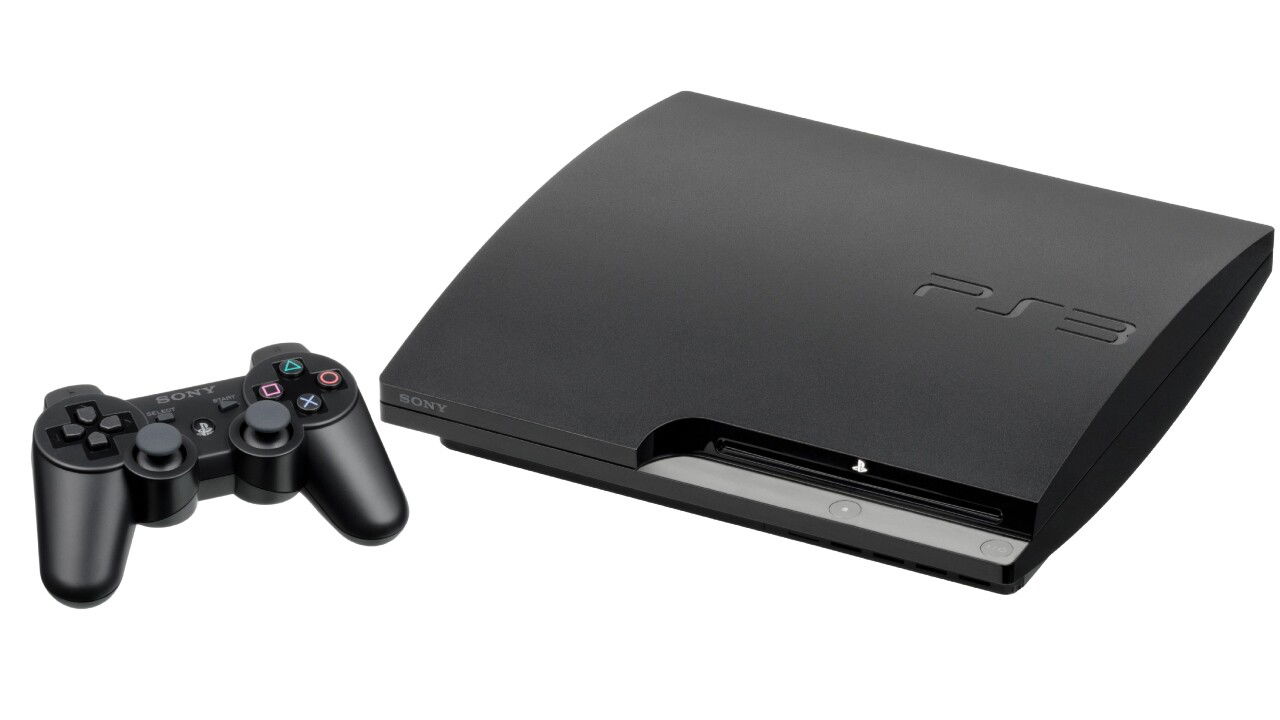
Another era was marked by three main consoles — Microsoft’s Xbox 360, Sony’s PlayStation 3, and Nintendo’s Wii. Each console brought something different to the table. Xbox was most notable for introducing Xbox Live, while PlayStation 3 introduced Blu-ray disc integration and formidable hardware. Nintendo tried a completely different approach here (as usual). Instead of directly competing with Xbox 360 and PlayStation 3, it punched under the belt with innovative motion-tracking games like Wii Sports.
Eight Generation of Consoles
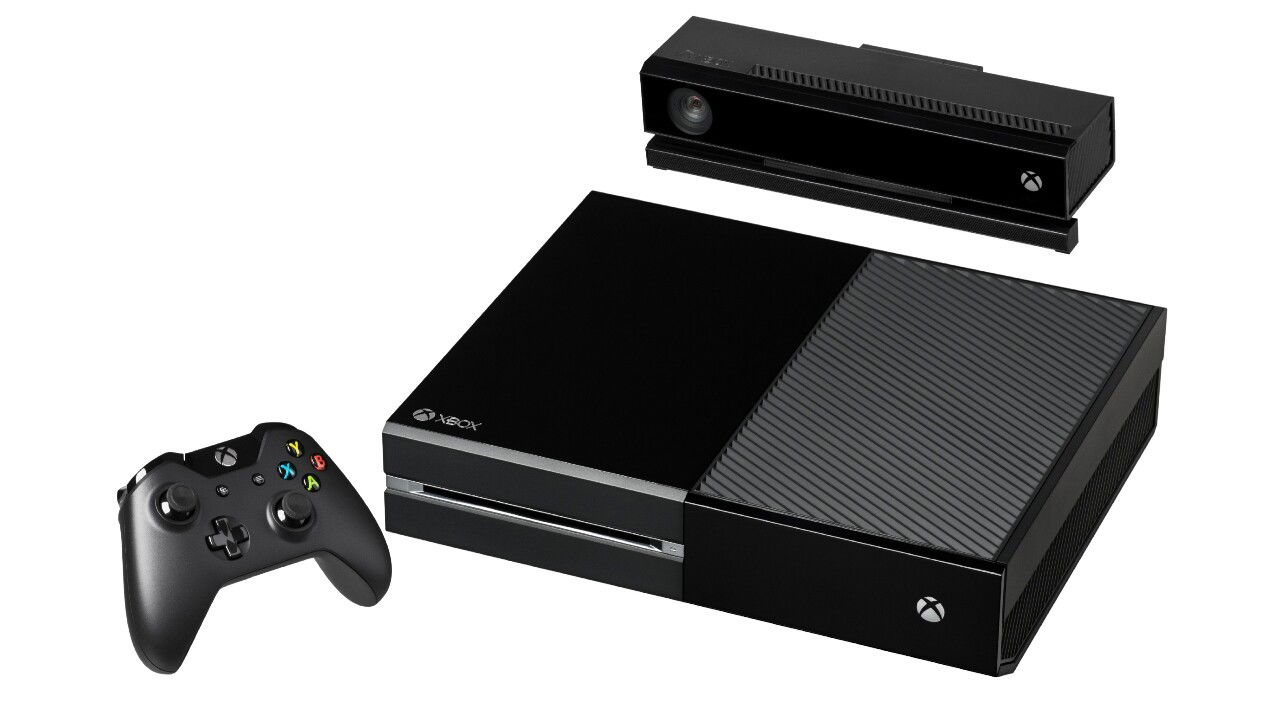
By this time, Sony, Nintendo, and Microsoft had cemented their positions on the market as the only
companies that could bring us relevant gaming consoles. Sony PlayStation 4, Microsoft Xbox One,
and Nintendo Wii U were, expectedly, the major systems, bringing better hardware and new
features. Nintendo also made a significant impact later in the generation with the release of the
Nintendo Switch in 2017. The Switch was a hybrid console, functioning both as a home console and
a portable handheld device, making it a revolutionary addition to the gaming market. This generation
also saw the rise of digital distribution and downloadable content (DLC), transforming how games
were purchased and updated.
Ninth Generation of Consoles
This generation is anchored by the PlayStation 5 from Sony, the Nintendo Switch OLED from Nintendo and the Xbox Series X and Series S from Microsoft. The heart of this generation’s advancements is the shift to high-speed SSDs, which dramatically reduced load times and enhanced the overall fluidity of games. Graphics have also seen a significant boost, with support for 4K and ray tracing. Another key aspect of the ninth generation is the focus on backward compatibility and digital integration, meaning their predecessors and older titles will remain relevant.


